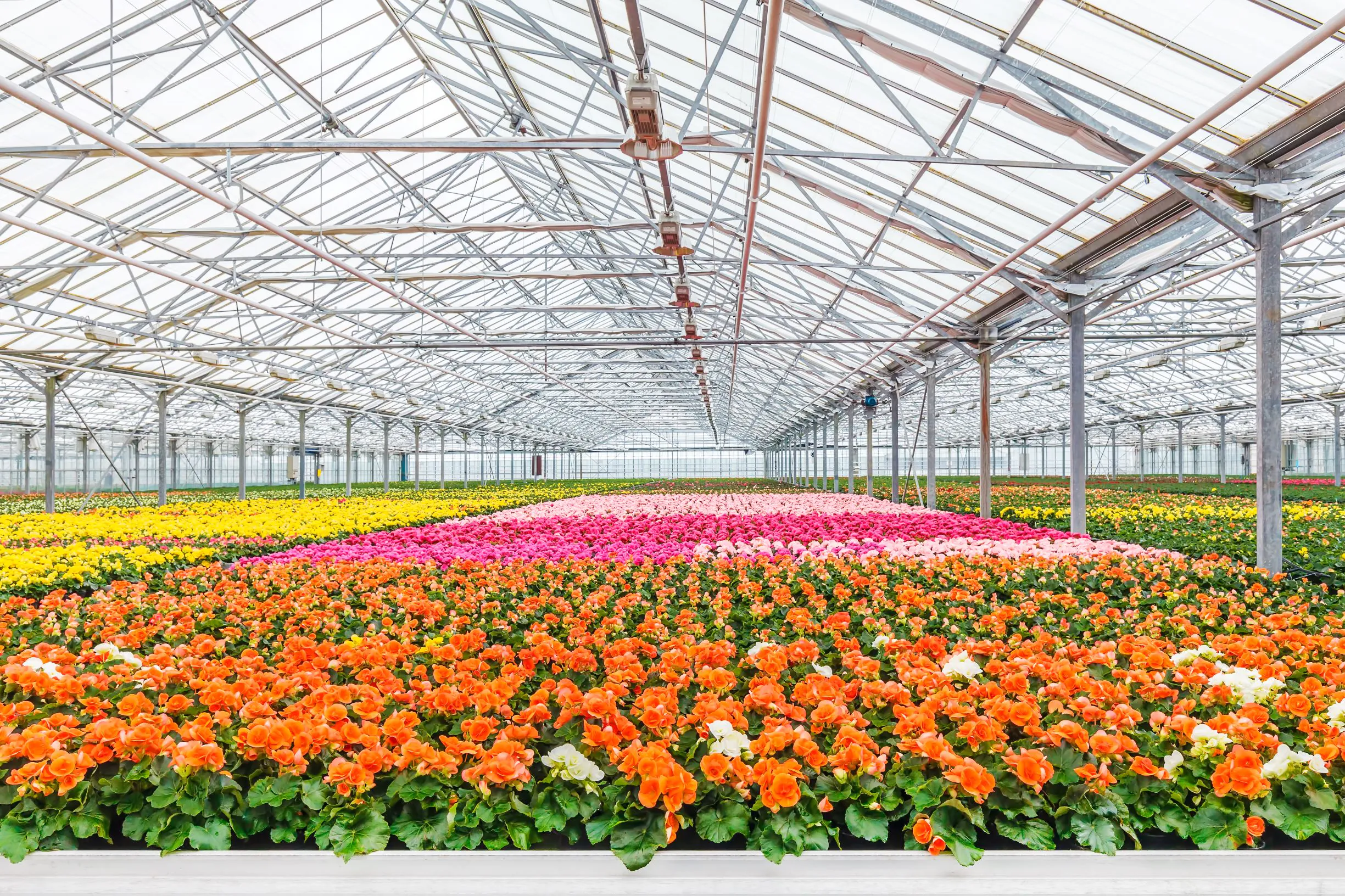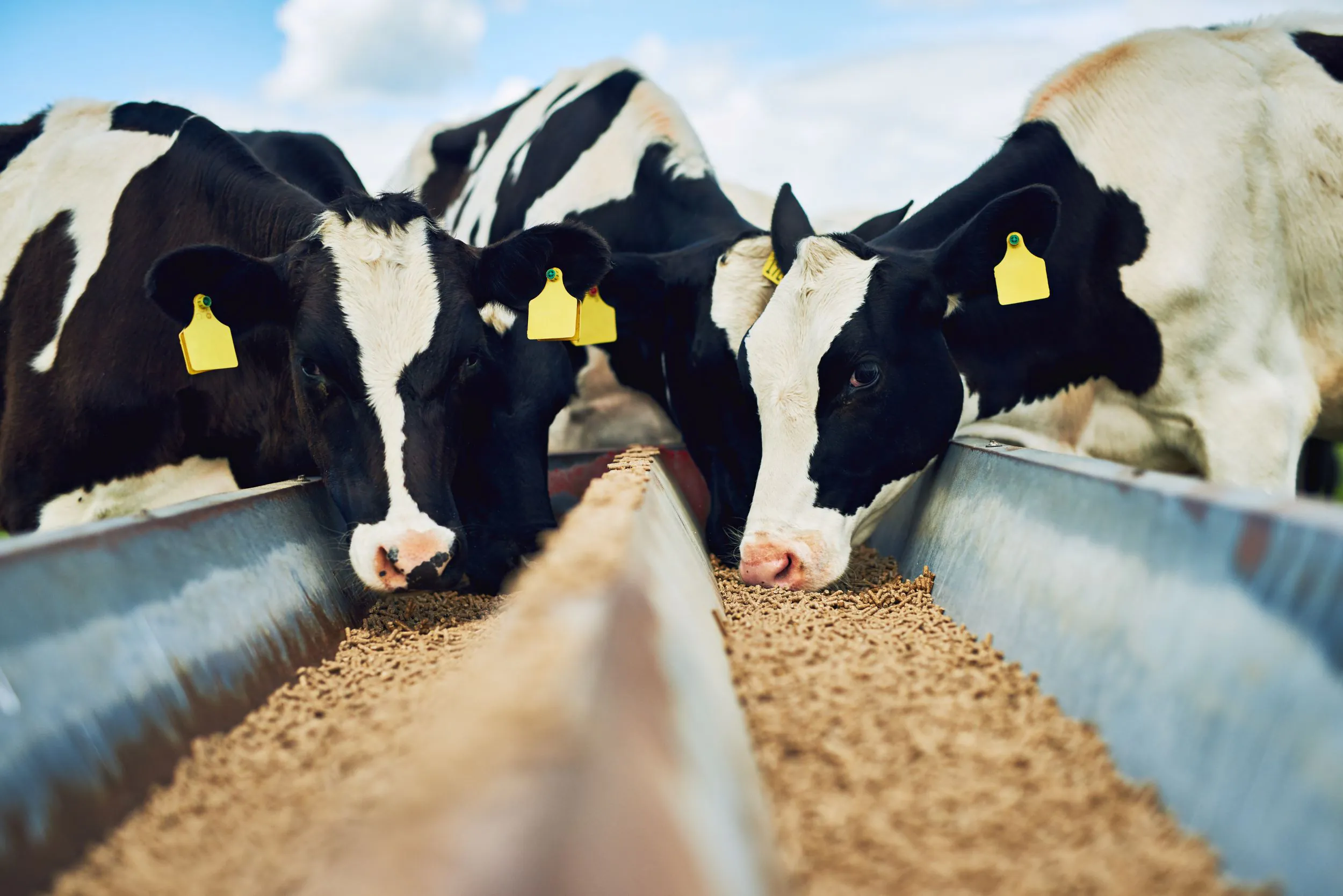World Floral Industry Statistics
COVID-19 has had a dramatic impact on the global floriculture industry, with massive amounts of stock going unsold and floriculture companies concerned for the future of the industry. Events of all sizes – both professional and personal – have been cancelled over the course of the year, leading to a drastic reduction in demand. In addition, much of the industry’s transactions traditionally take place in person at auctions in Amsterdam, and the industry has needed to adjust its practices to ensure physical distancing during the pandemic. Air freight capacity is also an ongoing challenge, as fewer flights are available to transport flowers and other plants to markets around the world.
However, the global floriculture market has already begun to recover. Many countries have been gradually reopening and demand has been picking back up. According to a survey from the international floriculture organisation AIPH and FloraCulture International, by the end of May most European growers expected to be able to recover from the crisis, due in part to government financial support. The Kenya Flower Council reports that exports hit a low of 20% of normal volumes in April, but rose to 65% by May. However, industry experts predict that it will take until the end of 2022 for the industry just to reach 80% of normal volumes, barring a second wave of COVID-19 infections and new lockdowns. As many countries around the world continue to reopen businesses and students return to school, floriculture companies will need to consider the possibility of a second wave slowing their recovery.
With these factors in mind, floral industry forecasts from market research firms such as Technavio expect the market to contract during 2022, with Technavio predicting a growth rate of -12% for the year. In the longer term, the company forecasts a CAGR of around 4% by 2024, with APAC responsible for more than a third of the market’s growth during that time.
Millions Are Using Bizvibe to Connect With the Top Commercial Flower Growing Companies.
2022 is a challenging year for floriculture companies in the market, but the larger organizations with diversified operations will be better able to weather it than smaller ones. With that in mind, here are some of the businesses at the forefront of the global floriculture industry.
Company |
Headquarters |
| Danziger Group | Israel |
| Dümmen Orange | Netherlands |
| Karen Roses | Kenya |
| The Kariki Group | Kenya |
| Kurt Weiss Greenhouses Inc. | United States |
| Marginpar BV | Netherlands |
| Multiflora Ltd. | Colombia |
| Ruparelia Group | Uganda |
| Selecta Group | Germany |
| Syngenta | Switzerland |
Want to connect with floral industry companies? Find key market players along with industry news and insights through BizVibe’s marketplace.
Millions Are Using Bizvibe to Connect With the Top Flower Production Companies.
Danziger Group
- Headquarters: Mishmar Hashiva, Israel
- Founded: 1953
- Employees: 1,500
Danziger Group produces ornamental flowers and young plants at its farms and greenhouses located in Israel, Kenya, Guatemala, and Colombia. The company offers cut flowers, perennials, annuals, and more to customers around the world. Danziger Group is made up of four businesses: Danziger Innovations, a bio-tech company; Danziger Seeds, producing vegetable crops, field crops, and horticulture; Beauty Line Farm, producing cut flowers; and Equi-Nom, a new partner breeding company that produces new varieties of vegetables and other crops.
Danziger’s floricultural offerings include:
- Cut flowers
- Annuals
- Perennials
- Bedding plants
Dümmen Orange
- Headquarters: De Lier, Netherlands
- Founded: 1963
- 2019 revenue: €354 million
Dümmen Orange is a leading global floriculture company, specializing in the breeding, production, and marketing of a range of cut and potted plants and bulbs. The company has over 3,500 varieties of plants, and uses a combination of traditional techniques and emerging technologies to develop flower varieties with improved characteristics for growers and consumers.
Dümmen Orange’s floriculture offerings include:
- Cut flowers
- Annuals
- Perennials
- Pot plants
- Tropical plants
- Flower bulbs
Karen Roses
- Headquarters: Nairobi, Kenya
- Founded: 1989
- Farms: 6
This family-owned company operates 6 farms in two Kenyan counties comprising more than 80 hectares in production. The farms utilize a cool chain and quality management systems, and the company has invested in a solar power generator to reduce electricity costs and become mor environmentally friendly. Karen Roses supplies cut flowers to the UK and Europe, as well as the Middle and Far East.
Karen Roses’ floriculture offerings include:
- T- hybrids
- Intermediates
- Sprays
The Kariki Group
- Headquarters: Nanyuki, Kenya
- Founded: 2002
- Farms: 4
With 13 different crops across 130 hectares of farms, the Kariki Group produces 120 million stems of cut flowers per year. The company employs over 1,600 people on its 4 farms, focusing on niche summer flower crops along with other summer flowers. The Kariki Group supplies customers in Europe, Australia, Japan, the US, Canada, and other markets around the world.
The Kariki Group’s floricultural offerings include:
- Astrantia
- Clematis
- Craspedia
- Delphinium
- Eryngium
- Gypsophila
- Helleborus
- Hydrangea
- Hypericum
- Ornithogalum
- Phlox
- Roses
- Solidago
Kurt Weiss Greenhouses Inc.
- Headquarters: Moriches, US
- Founded: 1960
- Employees: 1,200+
Family owned and operated, Kurt Weiss Greenhouses is one of the largest growers in the US with over 1,200 employees and a range of flowers and other plants. The company specializes in tailoring plants to a variety of different customer types, with offerings such as foliage, flowering potted plants, bedding plants, perennials, annuals, and mixed combination planters.
Kurt Weiss Greenhouses’ floricultural offerings include:
- Hydrangeas
- Anthuriums
- Succulents
- Vegetable and herb plants
Marginpar BV
- Headquarters: Aalsmeer, Netherlands
- Founded: 1988
- Farms: 17
- Employees: 5,500
With 17 farms in 5 countries, Marginpar is a leading supplier of summer flower varieties such as Asclepias, Clematis, Gloriosa, and Jatropha. The company operates in partnership with growers in Kenya, Ethiopia, Tanzania, and Zimbabwe through exclusive licensing agreements for a wide variety of plants. This allows Marginpar to offer over 100 products grown in multiple climates.
Marginpar’s floricultural offerings include:
- Aster
- Clematis
- Delphinium
- Eryngium
- Grasses
- Gypsophila
- Helleborus
- Ornithogalum
- Phlox
- Solidago
Multiflora Ltd.
- Headquarters: Bogotá, Colombia
- Founded: 1969
- Employees: 1,000+
With over 250 acres of land, Multiflora grows more than 15 different products and exports them to over 35 countries around the world. The company is vertically integrated and controls its own production, logistics, and distribution. With customers in the US, the Caribbean, Canada, Japan, Russia, England, and many other countries, Multiflora produces over 100 million stems of flowers per year.
Multiflora’s floricultural offerings include:
- Chrysanthemums
- Carnations
- Spray Carnations
- Roses
- Spray Roses
- Mums
- Lilies
- Hydrangeas
- Sunflowers
Ruparelia Group
- Headquarters: Kampala, Uganda
- Founded: 1985
- Floriculture businesses: Premier Roses Limited, Rosebud Limited
Ruparelia Group is a private equity and venture capital firm involved in the banking, insurance, hospitality, education, real estate, and floriculture industries. Its floral industry companies are Premier Roses and Rosebud, based in Entebbe, Uganda. The companies are some of Uganda’s largest rose exporters, with more than 50 hectares of greenhouses producing over 12 million stems per month.
Ruparelia Group’s floriculture offerings include:
- Sweetheart Roses
- Akito
- Viva
- Raspberry King
- Valentino
- Blushing Akito
- Chelsea
- Jambo
- Red Calypso
- Meera
- Intermediate Roses
- Ace Pink
- Bella Rose
- Sunny Star
- Tropical Amazone
- Furiosa
- Banjo
- Sorraya
- Labelle
- Athena
Selecta Group
- Headquarters: Stuttgart, Germany
- Founded: 1932
- Production sites: 15
Selecta Group is an association of independent firms that develops, breeds, and markets a range of ornamental plants, including bedding and balcony plants, cut flowers, perennials, and more. The group operates 15 production sites and distribution companies across Europe, Africa, Asia, and the US.
Selecta’s floriculture offerings include:
- Poinsettias
- Impatiens
- Dahlias
- Bedding plants
- Perennials
- Grasses
Syngenta
- Headquarters: Switzerland
- Employees: 28,000
- 2019 sales (flowers): $199 million
With 28,000 employees across 90 companies, Syngenta is an agtech company operating in the areas of crop protection, seeds, and flowers with a focus on sustainability. Syngenta invests significantly in R&D and works with growers, academics, and other organizations to develop its products. The company is a leading floriculture company and serves professional growers, distributors, and retailers. It sells flowers and plants in 75 countries via its network of farms and distributors.
Syngenta’s floriculture offerings include:
- Geraniums
- Poinsettias
- Mums
- Perennials
- Annuals (vegetative and seed)
- Potted plants
- Garden vegetables
Which Floriculture Companies Lead the Market Near You?
These are only a few of the world’s top flower-producing companies. Discover more floral industry companies through BizVibe’s global marketplace.



